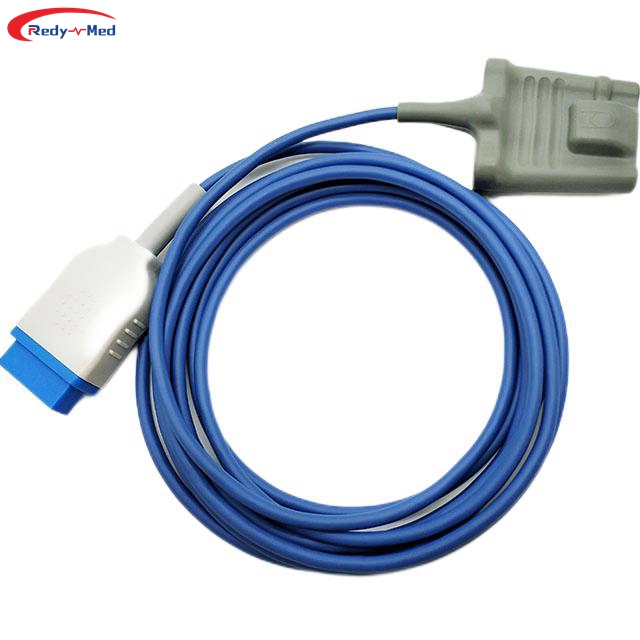
Application and Significance of Blood Oxygen Saturation Sensor in Sleep Monitoring
2024-03-21 00:04:21
Advancements in Sleep Monitoring Technologies

Sleep monitoring plays a vital role in assessing sleep quality and identifying potential sleep disorders. With the advent of advanced technologies, the application of blood oxygen saturation sensors has revolutionized the field of sleep monitoring. These sensors provide valuable insights into an individual's respiratory patterns, enabling personalized diagnosis and treatment. In this article, we delve into the application and significance of blood oxygen saturation sensors in sleep monitoring.
1. Understanding Blood Oxygen Saturation
Blood oxygen saturation refers to the percentage of oxygen-saturated hemoglobin in the blood. Measuring this parameter provides crucial information about an individual's respiratory health during sleep. By using non-invasive blood oxygen saturation sensors, sleep monitoring devices can track fluctuations in oxygen levels throughout the night. This data helps identify interruptions in breathing, such as sleep apnea, and indicates the severity of the condition.
2. Enhancing Sleep Disorder Diagnosis
By incorporating blood oxygen saturation sensors into sleep monitoring systems, healthcare professionals can obtain a comprehensive overview of an individual's sleep patterns. The data captured by these sensors helps diagnose various sleep disorders, including obstructive sleep apnea, central sleep apnea, and hypopnea. Real-time monitoring enables the identification of abnormal respiratory events during sleep, facilitating accurate diagnosis and effective treatment strategies.
3. Personalized Treatment and Remote Monitoring
Integrating blood oxygen saturation sensors with remote monitoring capabilities allows healthcare providers to monitor patients' sleep data remotely. This not only enhances convenience for the patients but also enables timely intervention by healthcare professionals. By gaining insights into an individual's blood oxygen saturation levels, healthcare providers can tailor treatment plans and recommend appropriate interventions. This personalized approach promotes better adherence to treatment and improves overall patient outcomes.
Conclusion
The application of blood oxygen saturation sensors in sleep monitoring has revolutionized the assessment and treatment of sleep disorders. These sensors provide valuable data, allowing healthcare professionals to diagnose sleep disorders accurately and develop tailored treatment plans. The ability to remotely monitor individuals' sleep patterns enhances convenience and facilitates timely interventions. The future of sleep monitoring lies in further advancements in blood oxygen saturation sensors, enabling improved patient care and enhanced sleep quality.
Get the latest price? We'll respond as soon as possible(within 12 hours)




